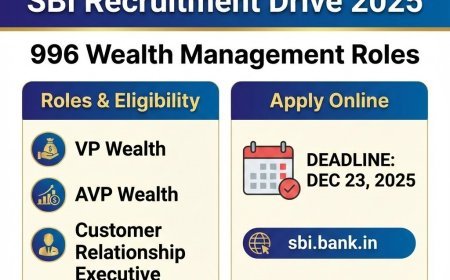IC02 - LICENTIATE - Practice of Life Insurance 31
IC02 - LICENTIATE - Practice of Life Insurance 31
Q 1. What is one of Makheja Group's main concerns regarding employee benefits?
A) Determining the correct amount of liability
B) Maximizing benefits to their employees
C) Retaining the best talent in the company
D) Managing legal aspects of gratuity provision
E) Seeking corporate tax exemptions
Q 2. Can a group formed specifically to obtain insurance benefits be eligible for group insurance?
A) Yes, they are eligible for group insurance
B) No, they are not eligible for group insurance
C) It depends on the size of the group
D) It depends on the type of group
E) None of the above
Q 3. How does the free cover limit vary between different groups in group insurance?
A) The free cover limit is the same for all groups
B) The free cover limit depends on the size of the organization
C) The free cover limit is determined based on the group's annual revenue
D) The free cover limit can vary between different groups and sub-groups
E) None of the above
Q 4. Why does group insurance reduce the element of adverse selection?
A) Employees join organizations primarily for insurance benefits
B) The insurer selects members based on their health conditions
C) Group insurance requires mandatory medical check-ups for all members
D) Employees are not individually evaluated based on risk factors
E) None of the above
Q 5. Who is eligible for group term insurance?
A) Employer-employee relationships
B) Professional associations (e.g., doctors, lawyers)
C) Members of banks, trade unions, and weaker sections of society
D) All of the above
E) None of the above
Q 6. Which method of managing gratuity payments involves handing over the funds to an insurer?
A) Creating an internal reserve
B) Setting up a Gratuity Fund as an irrevocable trust
C) Group Gratuity Scheme
D) Pay-as-you-go method
E) None of the above
Q 7. What is the purpose of a group superannuation scheme?
A) To provide employees with a regular stream of income after retirement
B) To provide employees with medical benefits during retirement
C) To allow employees to withdraw their pension funds at any time
D) To provide a lump sum payment to employees upon retirement
E) None of the above
Q 8. What is the tax benefit of a group superannuation scheme?
A) The employer can claim a deduction from taxable income for the contribution made.
B) The employee can claim a tax deduction for the pension received.
C) The employer is exempt from paying any taxes related to the scheme.
D) The employee's pension is tax-free.
E) None of the above.
Q 9. What is the eligibility requirement for the employer to offer the "Group Insurance Scheme instead of EDLI"?
A) Approval from the insurance company.
B) Approval from the Central Provident Fund Commissioner.
C) Employees are provided with a certain duration of service.
D) A specific salary threshold for employees.
E) None of the above.
Q 10. What is the difference between a contributory insurance plan and a non-contributory plan?
A) The amount of premium paid by the employer
B) The coverage limit provided to the employees
C) The requirement for medical checkups
D) The eligibility criteria for joining the plan
E) None of the above
Q 11. How is the premium paid in a ULIP divided?
A) Expenses, mortality, and investment
B) Expenses, income, and savings
C) Mortality, dividends, and investment
D) Policy charges, savings, and withdrawals
E) None of the above
Q 12. What are some examples of additional fund names that insurance companies may offer?
A) Growth Fund, Balanced Fund, Protector Fund
B) Preserver Fund, Maximiser, Multiplier
C) Gilt Fund, Enhancer, Dynamic Fund
D) Sectoral Fund, Conservative Fund, Growth Super
E) All of the above
Q 13. What happens to the units allocated to the policyholder in ULIPs when a premium is paid?
A) The units are redeemed and returned to the policyholder
B) The units are transferred to a different fund
C) The units remain the same and do not change
D) The units are canceled to pay for mortality charges
E) None of the above
Q 14. How is the value of investment calculated in ULIPs?
A) Number of units held multiplied by the premium amount
B) Number of units held multiplied by the sum assured
C) Number of units held multiplied by the NAV
D) Number of units held divided by the NAV
E) None of the above
Q 15. After how many years can a policyholder stop paying the premium in ULIPs and continue with the policy?
A) 3 years
B) 5 years
C) 7 years
D) 10 years
E) 15 years



